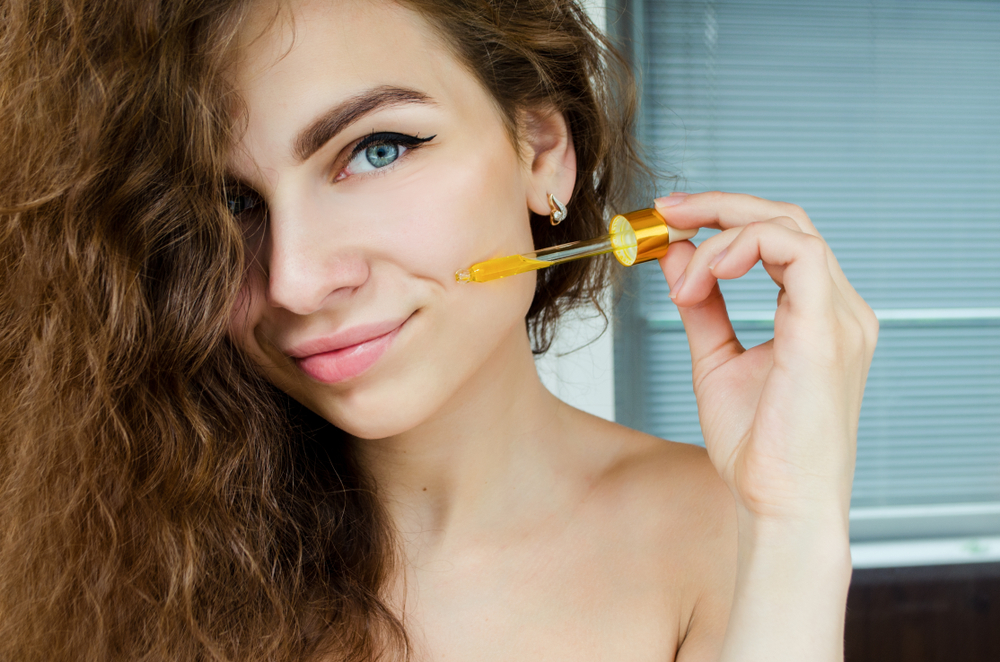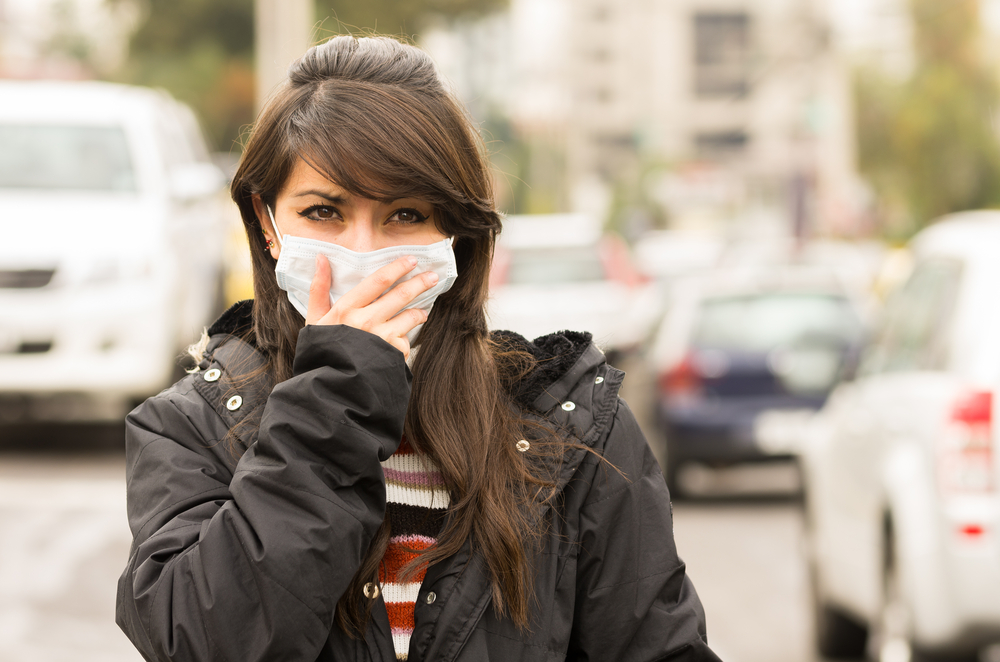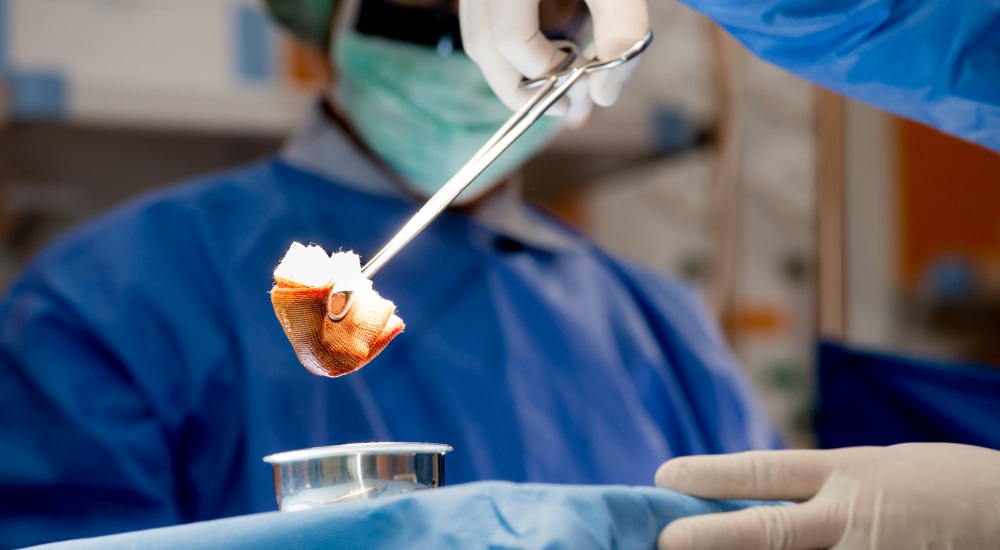- Contact dermatitis is a skin reaction caused by exposure to certain environmental substances.
- Paying attention to new elements in your child’s environment is crucial to identifying contact dermatitis triggers.
- A mild steroid cream or antihistamine may be prescribed, depending on your child’s age, symptom severity, and the condition’s root cause.
Contact dermatitis, also known as contact eczema, is a reaction that occurs when skin is exposed to an offending substance in its surrounding environment. Symptoms can include a red, itchy and bumpy rash.
It can be quite scary when you notice this in your little one. Just remember that although it may be uncomfortable, this condition isn’t life-threatening. Many common substances can trigger these reactions, including soaps, lotions, fragrances, detergents, and certain plants.
Here’s what you need to know about the underlying causes of pediatric contact dermatitis, and what you can do to prevent outbreaks.
Irritant vs allergic dermatitis
Contact dermatitis comes in two forms — irritant and allergic. It’s important to determine which one your child has, since irritants and allergens do not trigger the same defense mechanisms.
Irritants cause a localized reaction when the substance touches the skin. Allergens, on the other hand, cause an immune system reaction throughout the entire body, releasing defense chemicals that trigger skin reactions. The resulting skin rash may look very similar, but the underlying cause and subsequent treatments are in fact quite different.
It’s also possible to suffer from both irritant contact dermatitis and allergic contact dermatitis at the same time. A substance can cause a reaction on the skin and also activate a deeper allergic reaction.
Either way, the most important immediate course of action is to recognize, remove, and avoid the offending substance.
Parents should also be aware that contact dermatitis isn’t just limited to physical effects like a dry, red, itchy rash. Children may feel especially uncomfortable and scratch until they bleed. Symptoms may also affect your child’s mood, concentration, and quality of sleep.
In addition, contact dermatits may impact your child’s ability to participate in physical activity, since sweating can further irritate the skin.
Recognizing the symptoms of contact dermatitis
“For most, the first signs of contact dermatitis in a baby or young child is itching and redness of the skin,” says Beverly Hills dermatologist Dr. Tess Mauricio. “These children are usually very irritable, cry a lot, and may not sleep well because they are not comfortable.”
She also notes that “Red, dry and light scaly rash is the most common presentation. Sometimes it is difficult to tell whether the itchy red scaly rash is caused by contact dermatitis, atopic dermatitis (eczema), or other skin conditions.”
Contact dermatitis is extremely common. Symptoms can vary between individuals and bear similarities to other health conditions, so be sure to see a healthcare provider for a proper diagnosis.
Common symptoms of contact dermatitis include:
- Dryness
- Redness from inflammation and irritation
- Itching, which can worsen other symptoms
- Pain and discomfort, especially when brushed or touched
- Swelling or puffiness in the surrounding area
- Blistering or formation of small fluid-filled bumps
- Crusting or formation of a flaky yellowish layer over the rash
- Cracking where the dry skin splits open
- Peeling as strips of dead skin flake off
- Oozing clear fluid or pus from the rash
A dead give-away for contact dermatitis is a rash in the shape of an object. New York City-based dermatologist Dr. Michael Romano notes that the rash is often in the shape of the offending allergen.
“For example, poison ivy causes allergic contact dermatitis that is often shaped like straight lines and streaks on the skin where a leaf or branch brushed the skin as you walked by,” Romano explains.
Your child’s doctor will ask for a health history, observe symptoms and conduct a skin exam. Be prepared to answer questions about your child’s recent exposure to any irritants or allergens.
Sometimes it may be difficult to get to the bottom of the cause. As such, the doctor may ask for skin or blood tests, or recommend that your child see a dermatologist or allergy specialist.
Catch the culprit: known triggers
As noted, when your child exhibits symptoms of contact dermatitis, the most crucial and immediate course of action is to remove any offending substance from their immediate environment.
Determining what this mystery substance can be is tricky, since children come into contact with so many things throughout their day — especially kids under three years old who are still putting everything in their mouths.
To help you in this process of elimination, we’ve listed some common culprits.
Typical irritants
Irritant contact dermatitis is the most common type in babies and young children. It is non-allergic and non-infectious. The substance only affects the skin’s outer protective layer.
Some common irritants include:
- Lotions
- Fragrances
- Preservatives in skin care products
- Soaps and shampoos
- Detergents, bleaches, and fabric chemicals (softeners and dryer sheets)
- Urine, diarrhea, and saliva
- Acidic foods (tomato or citrus fruit juice that drip onto the face)
To minimize the chances of irritant contact dermatitis, use unscented, hypoallergenic bath and skin care products, and wash clothes without bleach in a gentle detergent.
For babies, change diapers as soon as they’re wet or soiled. Also keep an eye out for reactions to baby wipes that contain fragrances or other chemicals. Wipe away excess drool from the face, especially when your baby is in the teething phase.
“Broken skin is more sensitive and prone to developing contact dermatitis reactions,” warns Los Angeles-based dermatologist Dr. Tsippora Shainhouse. “Babies with underlying eczema or irritated, wet skin — from having diarrhea or being left too long in wet diapers — are more likely to be affected.”
Common allergens
Allergic contact dermatitis is most commonly caused by the following substances:
- Medicines (especially topical antibiotics)
- Cosmetics
- Dyes
- Metals (nickel and chrome in particular)
- Latex
- Plants like poison ivy, poison oak and sumac
If you notice a skin rash after administering a medicine, stop using it immediately and consult a doctor before using it again.
Pay attention to the creams, perfumes, sunscreen and detergents used by caregivers who come into contact with your child’s sensitive skin. Also keep an eye out for latex in pacifiers, baby bottle nipples, and baby toys.
Note that certain dyes in hair color and clothing may cause an allergic reaction. Also, watch out for metals in zippers, snaps and hooks on clothing that could contain nickel.
If you are camping or in the wilderness with young children, be aware that certain plants can trigger skin allergies. Poison ivy, poison oak and sumac are usual suspects. If encountered, thoroughly wash all clothing and items that may have come into contact with the plant. Pets may also get the plant oils on their fur, which may then come into contact with your child’s skin.
What to do if your baby has contact dermatitis
Treatment for contact dermatitis in children will depend on age, symptoms and severity. Washing the skin with mild soap and water to remove any irritant or allergen is the first step. Then, apply wet cold cloths or compresses on the skin to help relieve symptoms.
Shainhouse further advises that, “These irritation reactions can be minimized by maintaining healthy skin and applying a preventative barrier, like Vaseline, before exposure — before eating irritating foods or after diaper changes, for instance.” She also concurs that recognizing and avoiding the irritant or allergen is ideal — when possible.
If symptoms are more severe, your child’s doctor may recommend an antihistamine or a topical corticosteroid cream to help alleviate itching and other symptoms, either over the counter or by prescription.
Romano elaborates, “We often use more mild steroids like hydrocortisone for babies and stronger steroids like triamcinolone and clobetasol for older kids. These treatments are often short, one to two weeks, and completely safe under the guidance of a dermatologist or pediatrician.”
Close encounters
It can be nerve wracking to watch your child suffer through a skin reaction.
Although easier said than done, the best course of action is to identify the culprit and remove it from your child’s environment. If symptoms persist or become more severe, consult a physician to determine if your kid needs an antihistamine or a short course of steroids to resolve symptoms.
» For more information on contact dermatitis, get consultations from our medical review team.









